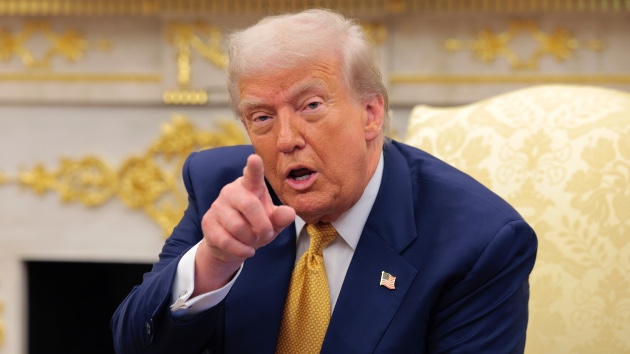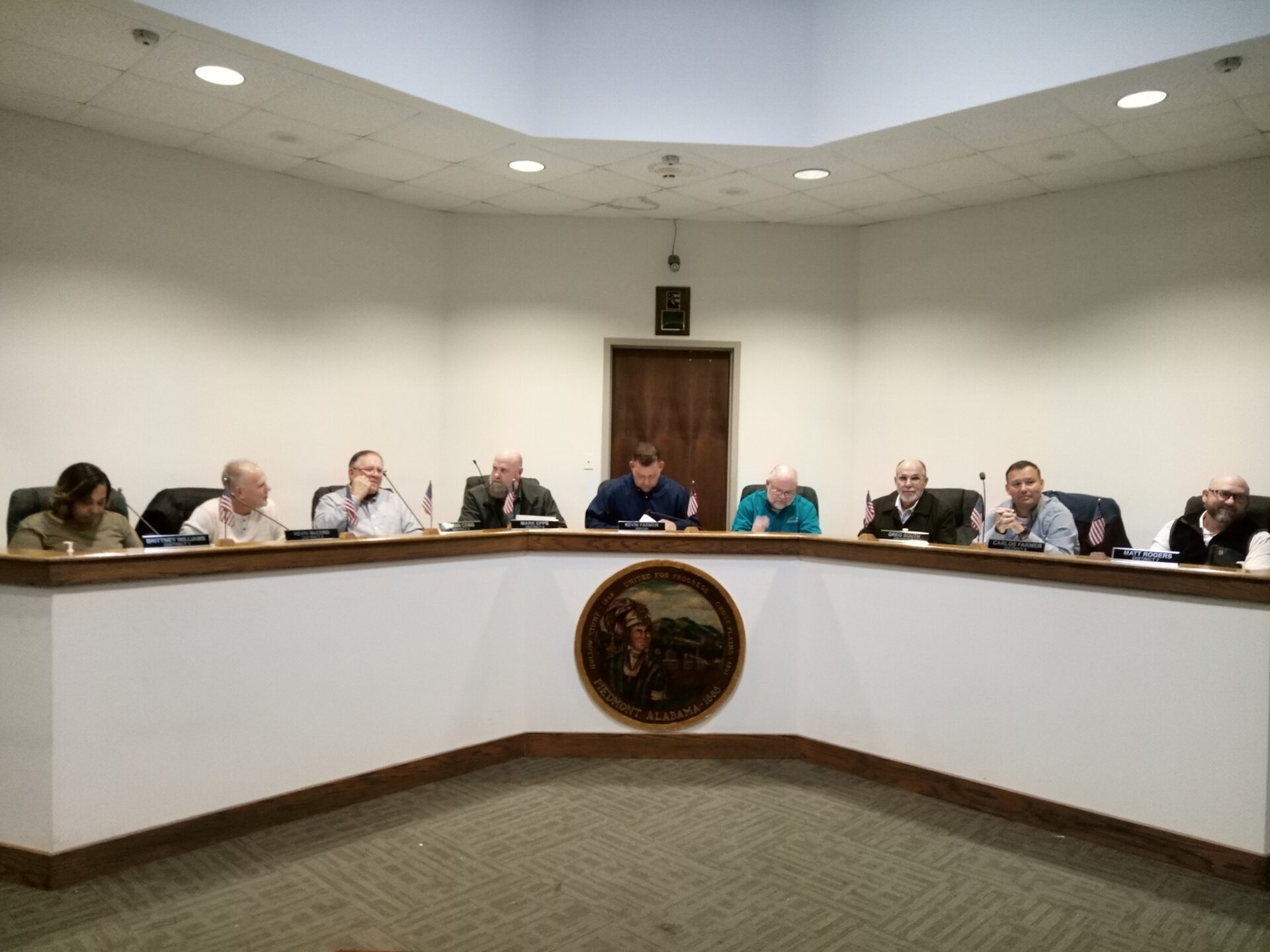
(WASHINGTON) — President Donald Trump’s sweeping new tariffs finally took effect on Thursday, slapping levies on dozens of countries and risking price increases for a host of everyday goods.
Tariffs between 10% and 41% were applied to nearly 70 countries beginning at 12:01 a.m. Thursday, significantly expanding the reach of Trump’s confrontational trade policy.
“IT’S MIDNIGHT!!! BILLIONS OF DOLLARS IN TARIFFS ARE NOW FLOWING INTO THE UNITED STATES OF AMERICA!” President Donald Trump posted shortly before midnight on his social media platform.
The tariffs arrived roughly a week after Trump delayed so-called reciprocal tariffs, opting to modify some levies.
Canada, a top U.S. trade partner, faces a 35% tariff. While Brazil, a key source of coffee, receives a 40% tariff which, when added on top of the 10% baseline tariff in the new order, means a 50% rate on the country’s imports to the U.S.
The countries facing the highest rates in the executive order are Laos and Myanmar at 40% and Syria at 41%.
India is hit with a 25% tariff in the order but that is expected to climb to 50% on Aug. 27. Trump on Wednesday said he was imposing the additional 25% levy as punishment for India’s decision to continue purchasing Russian oil throughout the Russia-Ukraine war.
There is an extended rollout for goods shipped into the country by vessel. As long as they are shipped by Aug. 7 and enter the U.S. by Oct. 5, they will not be subject to the new tariff rates.
The White House has said the rates were determined largely based on the trade deficit the U.S. has with those trading partners.
The new tariff rates resemble levies that were placed on more than 90 countries on April 2, though there are some differences.
Trump rolled out those so-called reciprocal tariffs in April, then delayed them, vowing to strike roughly 90 trade deals in 90 days. In early July, Trump delayed the tariffs again, setting a deadline of Aug. 1. A day before that deadline, he delayed them once again.
The new levies appear to add 15% tariffs on goods from several countries not initially included in the president’s “Liberation Day” executive order on April 2 — including Bolivia, Ecuador, Ghana and Iceland.
After the ‘Liberation Day” tariffs were unveiled and then delayed, Trump sent letters to leaders of roughly two dozen countries outlining the tariff levels that would take effect if no deal were struck. The Trump administration raced to strike trade agreements over the days preceding the deadline in an effort to win concessions from targeted countries in exchange for reduced tariff rates.
So far, the White House says it has reached trade agreements with the United Kingdom, Vietnam and Indonesia, as well as a preliminary accord with China.
“The president and his trade team want to cut the best deals for the American people and the American worker,” White House press secretary Karoline Leavitt said last month when she announced the Aug. 1 deadline.
Tariffs put forward so far by Trump are expected to cost an average household an additional $2,400 this year, the Yale Budget Lab found last week.
Importers typically pass along a share of the tariff-related tax burden onto consumers in the form of price hikes.
Speaking to reporters last week, a Trump administration official hailed the new tariffs as part of a “new system of trade” that aims to prioritize “fair and balanced trade” over efficiency at all costs.
ABC News’ Michelle Stoddart, and Meghan Mistry contributed to this report.
Copyright © 2025, ABC Audio. All rights reserved.


